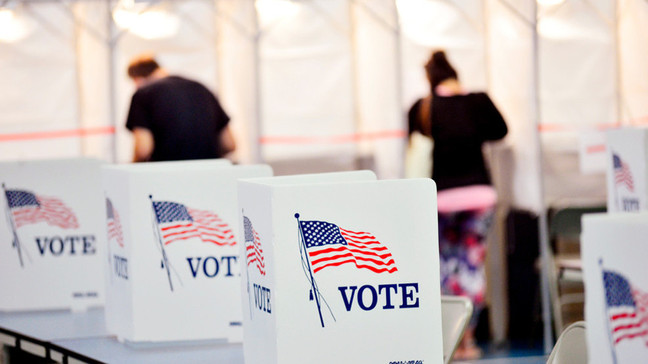What Factors Influence Voter Sentiment?
What Factors Influence Voter Sentiment?
by Gotham Polling

Understanding voter sentiment is critical to any democratic society. Voter opinions are shaped by a wide range of factors, and analyzing these influences is a core component of Political Polling. In today’s post, we explore the key factors that mold voter sentiment, from socio-economic issues to media influence, and explain how pollsters decipher these complex trends. Our aim at Gotham Polling & Analytics is to provide a clear and comprehensive overview that helps both political professionals and the public make sense of the electoral landscape.
Socio-Economic Influences
Voter sentiment is often deeply intertwined with socio-economic conditions. Factors such as income levels, employment opportunities, education, and healthcare access can dramatically sway public opinion.
Economic Stability and Security
When the economy is thriving, voters are more likely to support the incumbent government. Conversely, economic downturns can lead to heightened dissatisfaction and increased support for opposition parties. Political Pollingcaptures these shifts by incorporating economic indicators into survey questions and statistical models, offering a snapshot of how economic conditions impact voter behavior.
Education and Information Access
Education also plays a pivotal role in shaping political opinions. Voters with higher education levels may engage more deeply with policy details and tend to be more critical of populist narratives. By analyzing these trends through Political Polling, researchers can identify the relationship between education and political preferences, providing valuable insights for policymakers.
Media and Communication Channels
The media landscape has undergone significant transformation over the past few decades, profoundly influencing voter sentiment. Traditional media outlets, social media platforms, and online news sources all contribute to how political information is disseminated.
The Impact of Social Media
Social media has emerged as a powerful tool for political communication, capable of both informing and polarizing. Viral posts, targeted advertising, and online debates can all sway public opinion rapidly. Political Pollingnow frequently incorporates questions about media consumption habits, enabling pollsters to correlate media influence with changes in voter sentiment.
Trust in Traditional Media
While digital platforms are on the rise, traditional media remains a trusted source for many voters. The balance between these influences is carefully monitored in polling studies, which seek to determine how differing levels of trust and exposure affect overall political views.
Cultural and Demographic Considerations
Cultural background and demographic factors are also critical in shaping voter sentiment. Age, race, gender, and regional identity can all influence political attitudes and voting patterns.
Generational Shifts
Generational differences often reveal themselves in distinct political preferences. Younger voters, who are more digitally connected, may prioritize issues like climate change and social justice, whereas older generations might focus more on economic stability and national security. Through Political Polling, analysts can capture these generational nuances and provide targeted insights.
Regional Variations
Regional differences can be pronounced, reflecting historical, economic, and cultural divides. Pollsters must account for these variations to ensure that their findings accurately represent the diverse tapestry of voter sentiment across different geographical areas.
Conclusion
Voter sentiment is a multifaceted phenomenon influenced by a broad spectrum of factors, from economic conditions and media exposure to cultural and demographic influences. By utilizing the principles of Political Polling, researchers and campaigners gain a clearer understanding of these complex dynamics. For more detailed analyses and expert commentary on voter sentiment and polling methodologies, visit Gotham Polling & Analytics.

